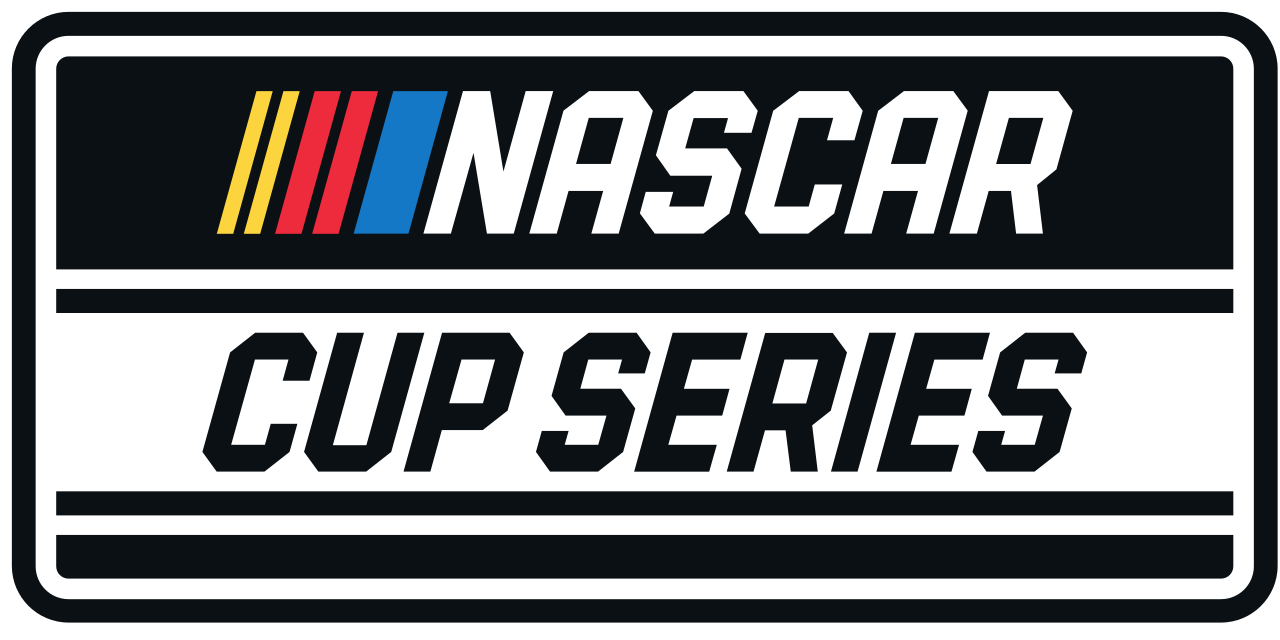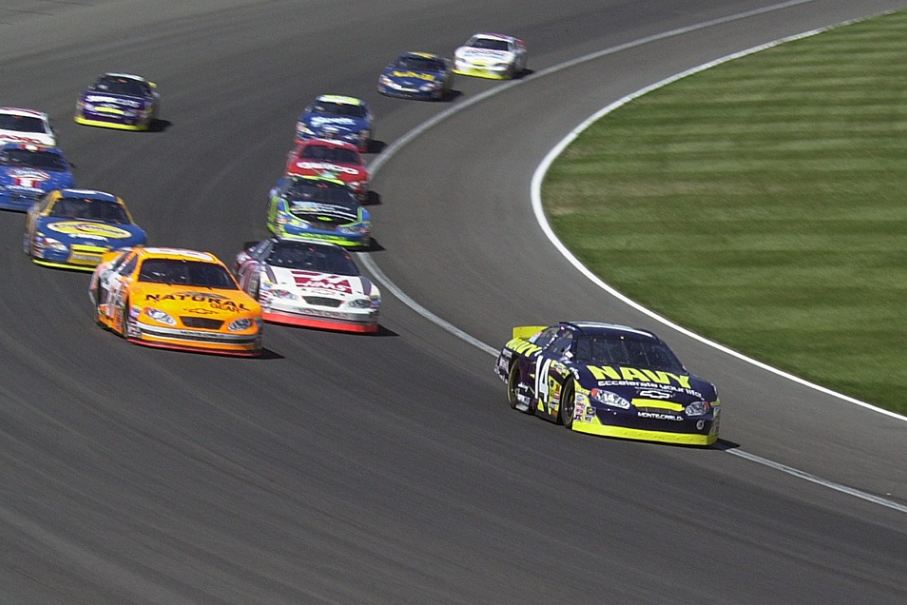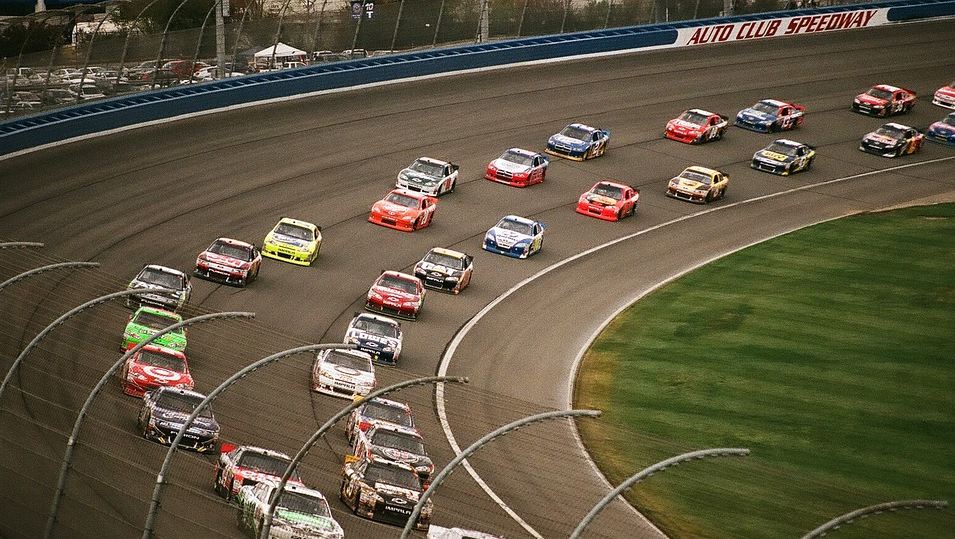NASCAR has come a long way down from its curious history up to its present standing as the grandest stock car racing event not only in its birthplace, the United States (US) but possibly in the entire world.
Since it’s very first race back in 1949, starting as the Strictly Stock Division, the National Association for Stock Car Auto Racing (NASCAR) had evolved as an authority in auto racing events alongside big corporations that subsequently shared its naming rights. The NASCAR Cup Series, its most prominent event, cements the auto car racing’s place as one of the leading American sports just below the tier in which other more popular sports events such as NFL, NBA, and Major League Baseball sit.
BEFORE IT WAS ‘NASCAR CUP SERIES’
NASCAR Cup series was known as Grand National Division from 1950 to 1970. From 1971 to 2003, NASCAR teamed up with R.J. Reynolds Tobacco Company leasing its naming rights and changing the series’ name to NASCAR Winston Cup Series. By late 2003, the same partnership was made with Nextel, renaming the event as NASCAR Nextel Cup Series (2004-2007). Three years after the company, Sprint, acquired Nextel in 2005, the series was renamed the NASCAR Sprint Cup Series (2008-2016).
In December 2016, NASCAR made Monster Energy the new title sponsor, changing once again the event’s name to the Monster Energy NASCAR Cup series, which lasted for roughly three years from 2017 to 2019. By the end of the season, NASCAR declined Monster Energy’s offer to extend its naming rights, moving on to a new sponsorship model akin to other American professional sports leagues and thereby known simply as NASCAR Cup Series, a historic leap for the sport. Beginning 2020, the NASCAR Cup series took off alongside its four Premier Partners – Busch Beer, Coca-Cola, GEICO, and Xfinity.
CUP CARS
NASCAR racers drive a specifically modified vehicle. The cars used in the NASCAR Cup Series adheres to a front-engine rear-wheel-drive design. A typical cup car has a closed cockpit, fenders, a rear spoiler, and an aerodynamic splitter. These cars also feature the HANS device mandated by NASCAR to ensure the racers’ safety and comfort. In the NASCAR Cup Series, the engines are supplied by either Chevrolet, Ford, or Toyota. Goodyear Eagle supplies the tires. Cup cars are also equipped with restrictor plates between the carburetor and the engine to reduce the power produced by a car to ensure safety.
RULES AND POINT SYSTEM
Race Position/Order – to determine the order of a race or the individual car’s starting position, each racer has to first complete the track on their own. The fastest racer to complete a lap will be in the first position, and the second-fastest will get the second, and so on.
Race – once the green flag is waved, the actual race commences. It is divided into three stages: Stages 1, 2, and 3. In stage 1, the driver who finishes first is awarded 10 points plus 1 bonus playoff point. The second gets 9, the third gets 8, and so on. The same rules apply in Stage 2. The stage 3 comprises roughly 50% of the total laps of the series. The winner of this stage gets 40 points, the second, 35 points, the third, 34 points and so on. Winning in these stages guarantees the racer a spot in the playoffs with an additional 5 bonus playoff points to his/her total score.
THE CHASE FOR THE CUP
NASCAR Cup series version of the playoffs system is sometimes referred to as the Chase for the Cup’. The NASCAR Cup series’s primary goal is for a racer to finish first after leading several given laps in the shortest time possible. A point system is used to determine the championship where points are given based on the racer’s finish placement, and number of laps led. The season is divided into two parts. Sixteen drivers will be seeded based on their total wins during the first 26 races. Then, these 16 racers shall vie for the championship in the last ten races of the Cup Series – the first nine being divided into three elimination rounds with four racers having the lowest points saying goodbye after each round. In other words, 16 racers are trimmed down to 12, then to 8, until only four racers are left to compete for the Cup. The racer who finishes with the highest points is declared the NASCAR champion.
BEYOND THE POINT SYSTEM
Beyond the point systems and mechanical aspects of the NASCAR Cup series, these things are also factors in determining the overall experience and outcome of the race.
Tracks – each NASCAR track is different, and so, racers have to set up their vehicles accordingly and differently based on the track’s distance, terrain, angle, and even temperature.
Drafting – NASCAR races usually features cars driving closer one after the other to utilize and share the benefit of aerodynamics and drag. Physics wise, two cars ride much faster together than alone due to this force. Hence, the chainlike fashion. This is a temporary truce among racers to help one another gain momentum, although eventually, since this is a race, each of them will try to break away and reach the finish line first.
Loose and Tight – these terms used in auto racing describe the adverse effects of aerodynamics and drag. Loose means that when the back of the car turns to the outside wall, which causes the car to overstay into the inside of the track. On the other hand, Tight is when the front of the car turns to the outside wall that causes the car to under stay into the outside wall of the track.
Pit Stop – Cup cars needed to be refueled, repaired, or have their tires and gears replaced at a certain point in the race, and this is where pit stops come into play. Auto cars are allowed to stop at the pits where a crew of six people awaits and does all this around 12 seconds to save valuable time and placement during the race.
Flags – these are used as communication signals between the marshals and the racers. Most common of these flags is the green flag, which signals the start of the race; the green-and-white checkered flag that symbolizes the end of a stage race; the yellow flag, which signifies danger, telling the driver to slow down; and the white-and-black checkered flag that symbolizes the end of the entire race. If you are curious about these flags, you can check this Flags Used in Formula 1 Racing.
Although recently, NASCAR faced a declining number of viewership, it is still no doubt one of the most exciting and exhilarating sports to watch and follow. Some old big names such as Mario Andetti, Richard Petty, and Dale Earnhardt Sr. have given this sport its deserved popularity and right now, only a few and the truly hardcore fans stay. Now, with budding personalities like Tony Stewart, Chase Elliot, Kurt Busch, and Danica Patrick, we hope to get more phenomenal races and overtakes from this underrated sport.



